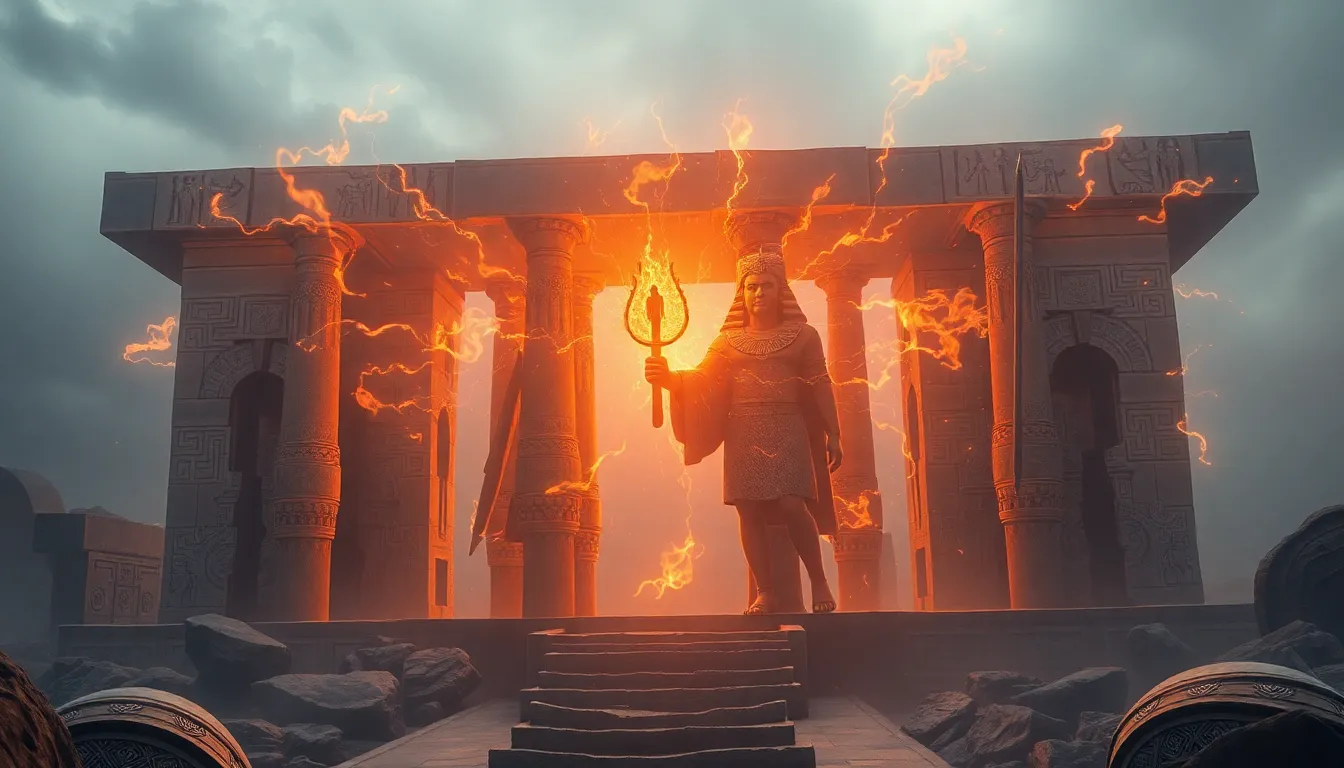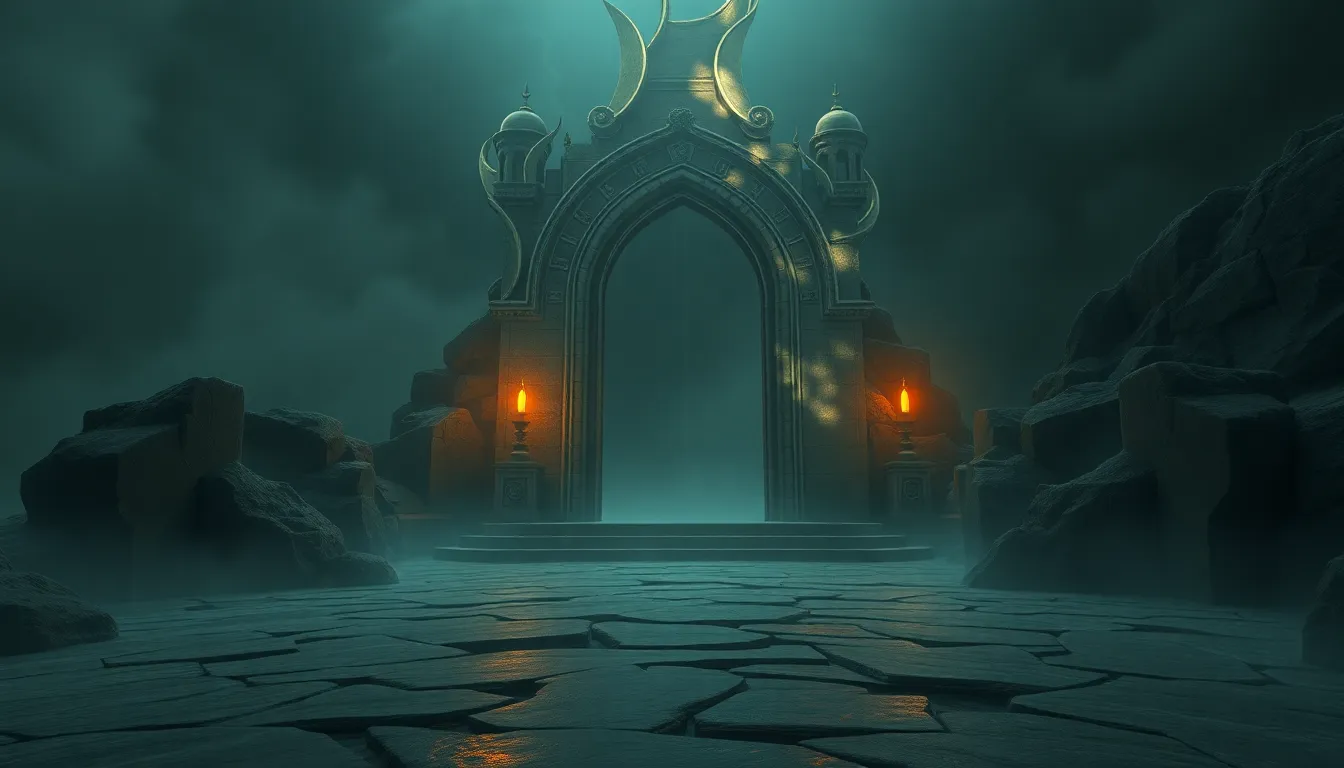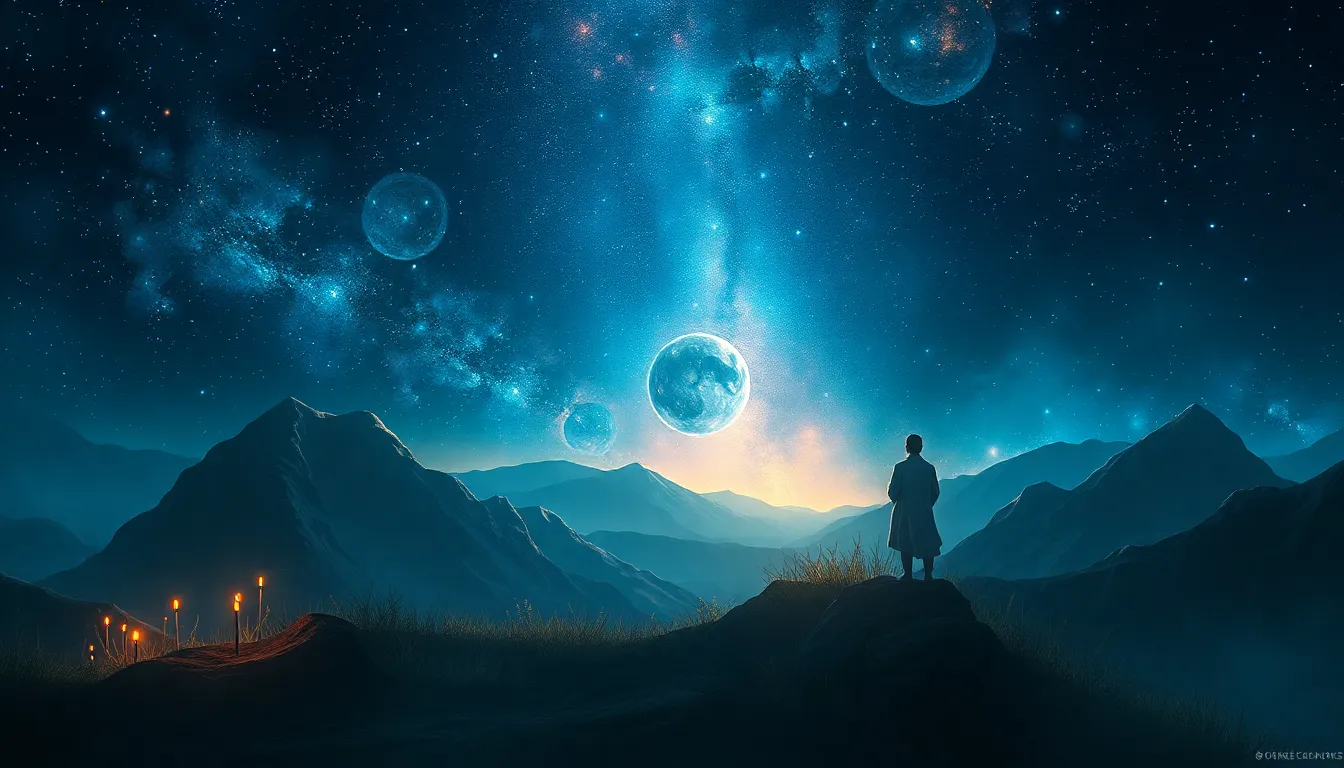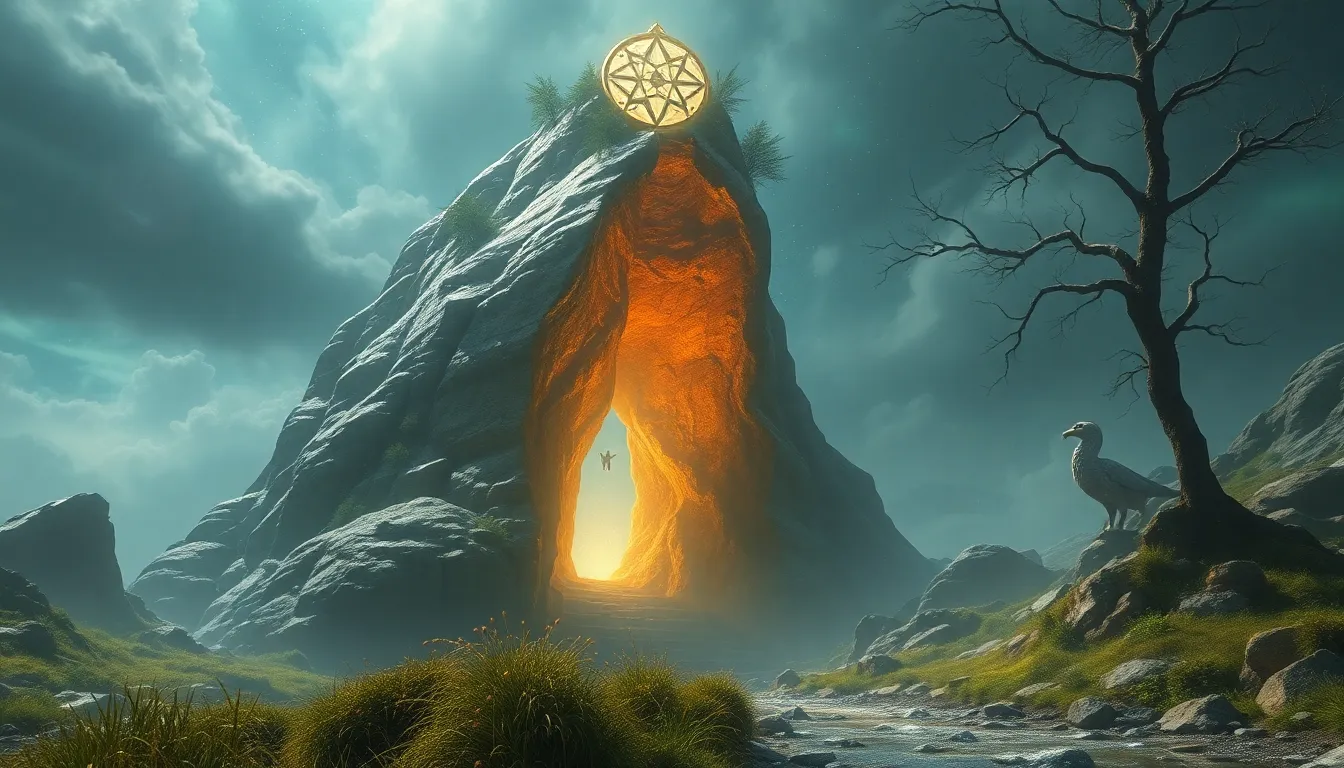The Mysterious Origins of Ancient Deities: Where Did They Come From?
I. Introduction
Ancient deities are defined as supernatural beings worshipped by early cultures, often embodying natural elements, social values, and human experiences. These deities were central to the belief systems that shaped the lives of ancient peoples, influencing their rituals, governance, and interactions with the world around them. Understanding the origins of these deities is crucial as it offers insights into the values, fears, and aspirations of the societies that revered them.
This article will explore the role of mythology, theories on the emergence of deities, cultural diffusion, archaeological evidence, the evolution of deity characteristics, comparative analysis across cultures, and the influence of ancient deities on modern religion and contemporary perspectives.
II. The Role of Mythology in Ancient Cultures
Mythology served as a cultural cornerstone in ancient societies, providing a framework through which people understood their existence and the universe. Myths often explained natural phenomena, human behavior, and societal norms.
- Explanation of mythology: Myths are traditional stories that convey the beliefs and values of a culture.
- Reflection of societal values: Myths often mirrored the fears, aspirations, and moral lessons important to the community.
- Function of deities: Deities acted as personifications of these myths, representing various aspects of life, nature, and morality.
III. Theories on the Emergence of Deities
Various theories have been proposed regarding the emergence of deities, reflecting the complexity of human thought and societal development.
- Natural phenomena: Many deities were created as personifications of natural elements (e.g., sun, moon, storms) to explain their effects on human life.
- Psychological and sociological perspectives: Some scholars argue that deities emerged from the human need to understand and control the world, serving as projections of human psychology.
- Evolution of religious thought: As societies evolved, so did their religious beliefs, leading to more complex and abstract conceptions of deities.
IV. Cultural Diffusion and Syncretism
The movement of people through trade, conquest, and migration played a significant role in the spread of deities across cultures. This process is known as cultural diffusion.
- Influence of trade and conquest: As cultures interacted, they exchanged religious ideas and deities.
- Examples of syncretism: The blending of Roman and Greek gods illustrates how different cultures merged their deities (e.g., Zeus became Jupiter).
- Blending of deities: Local deities were often integrated with foreign gods, creating unique pantheons that reflected cultural diversity.
V. Archaeological Evidence of Early Worship
Archaeological discoveries have provided significant insights into early worship practices and the deities revered by ancient peoples.
- Overview of discoveries: Excavations have uncovered temples, altars, and artifacts dedicated to various deities.
- Analysis of sacred sites: Locations like ziggurats in Mesopotamia and pyramids in Egypt were built as centers of worship, reflecting the architectural grandeur and religious devotion of their cultures.
- Case studies: The ziggurats served as platforms for worshipping sky gods, while Egyptian pyramids were tombs and temples dedicated to gods like Osiris.
VI. The Evolution of Deity Characteristics
The characteristics of deities have evolved significantly over time, often in response to changing human needs and societal developments.
- Evolution in response to human needs: As societies faced different challenges, deities adapted to embody new attributes, such as protection, fertility, or wisdom.
- Changing attributes: Some gods transitioned from being vengeful figures to benevolent protectors, reflecting a shift in societal values.
- Influence of historical events: Major events, such as wars or natural disasters, often influenced how deities were portrayed and worshipped.
VII. Comparative Analysis of Deities across Cultures
A comparative analysis reveals both similarities and differences in the attributes and roles of deities across various cultures.
- Similarities and differences: While many cultures have gods associated with the same natural phenomena, their characteristics and stories can vary significantly.
- Case studies: Creation myths often share common themes, such as chaos leading to order, but differ in the specifics of how creation occurred.
- Universality of archetypes: Certain archetypes, such as the trickster or the mother goddess, appear in diverse cultures, suggesting a shared human experience.
VIII. The Influence of Ancient Deities on Modern Religion
The legacy of ancient deities continues to resonate in contemporary faiths and cultural expressions.
- Continuation of ancient beliefs: Many modern religions retain elements of ancient worship, often in the form of rituals or deities adapted into new contexts.
- Examples of legacy: The celebration of festivals and the veneration of saints in Christianity can trace roots back to earlier pagan practices.
- Impact on literature and culture: Ancient myths and deities have inspired countless works of literature, art, and popular culture, from epic poems to modern films.
IX. Contemporary Perspectives on Ancient Deities
The fascination with ancient deities persists in contemporary society, often manifesting in renewed interest and scholarly exploration.
- Modern interpretations: Neo-pagan movements and other spiritual practices seek to revive ancient worship, interpreting deities in modern contexts.
- Role of scholarship: Advances in archaeology and interdisciplinary studies provide deeper insights into the beliefs and practices of ancient cultures.
- Ongoing fascination: Ancient deities continue to capture the imagination, appearing in media, literature, and art, reflecting humanity’s enduring quest for meaning.




